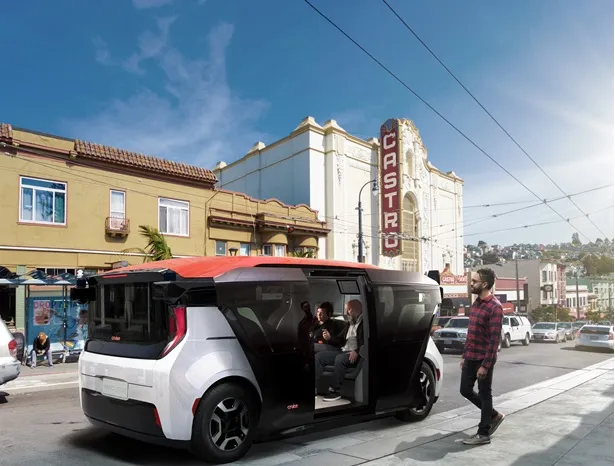According to new report from the US Governors Highway Safety Association, as autonomous vehicles (AV) are merged into traditionally-driven traffic, the most pressing safety challenge for states will be preparing human drivers. This presents a myriad of safety challenges for states, which are responsible for educating the public, licensing drivers, and establishing and enforcing traffic laws.
The report, Autonomous Vehicles Meet Human Drivers: Traffic Safety Issues for States, examines these issues and re
February 3, 2017
Read time: 2 mins
According to new report from the US 4948 Governors Highway Safety Association, as autonomous vehicles (AV) are merged into traditionally-driven traffic, the most pressing safety challenge for states will be preparing human drivers. This presents a myriad of safety challenges for states, which are responsible for educating the public, licensing drivers, and establishing and enforcing traffic laws.
The report, Autonomous Vehicles Meet Human Drivers: Traffic Safety Issues for States, examines these issues and recommends how states can prepare for AVs and put traffic safety at the forefront of all policy decisions.
The report provides an overview of the current autonomous vehicle landscape and outlines suggested priorities for state Departments of Motor Vehicles and State Highway Safety Offices as AVs become more widespread.
The report also provides a comprehensive list of resources for additional information and encourages national organisations to help states by developing model laws and public education materials, documenting likely traffic safety scenarios, and establishing a centralized AV clearing house for new information.
Report author, Dr James Hedlund, a former senior official with the National Highway Traffic Safety Administration, says, “The research and media attention given to autonomous vehicles often overlooks the safety implications that a mix of driver-operated and autonomous vehicles will bring. Unfortunately, ignoring the driver side of the equation may negate many of the expected safety benefits.”
The report, Autonomous Vehicles Meet Human Drivers: Traffic Safety Issues for States, examines these issues and recommends how states can prepare for AVs and put traffic safety at the forefront of all policy decisions.
The report provides an overview of the current autonomous vehicle landscape and outlines suggested priorities for state Departments of Motor Vehicles and State Highway Safety Offices as AVs become more widespread.
The report also provides a comprehensive list of resources for additional information and encourages national organisations to help states by developing model laws and public education materials, documenting likely traffic safety scenarios, and establishing a centralized AV clearing house for new information.
Report author, Dr James Hedlund, a former senior official with the National Highway Traffic Safety Administration, says, “The research and media attention given to autonomous vehicles often overlooks the safety implications that a mix of driver-operated and autonomous vehicles will bring. Unfortunately, ignoring the driver side of the equation may negate many of the expected safety benefits.”










